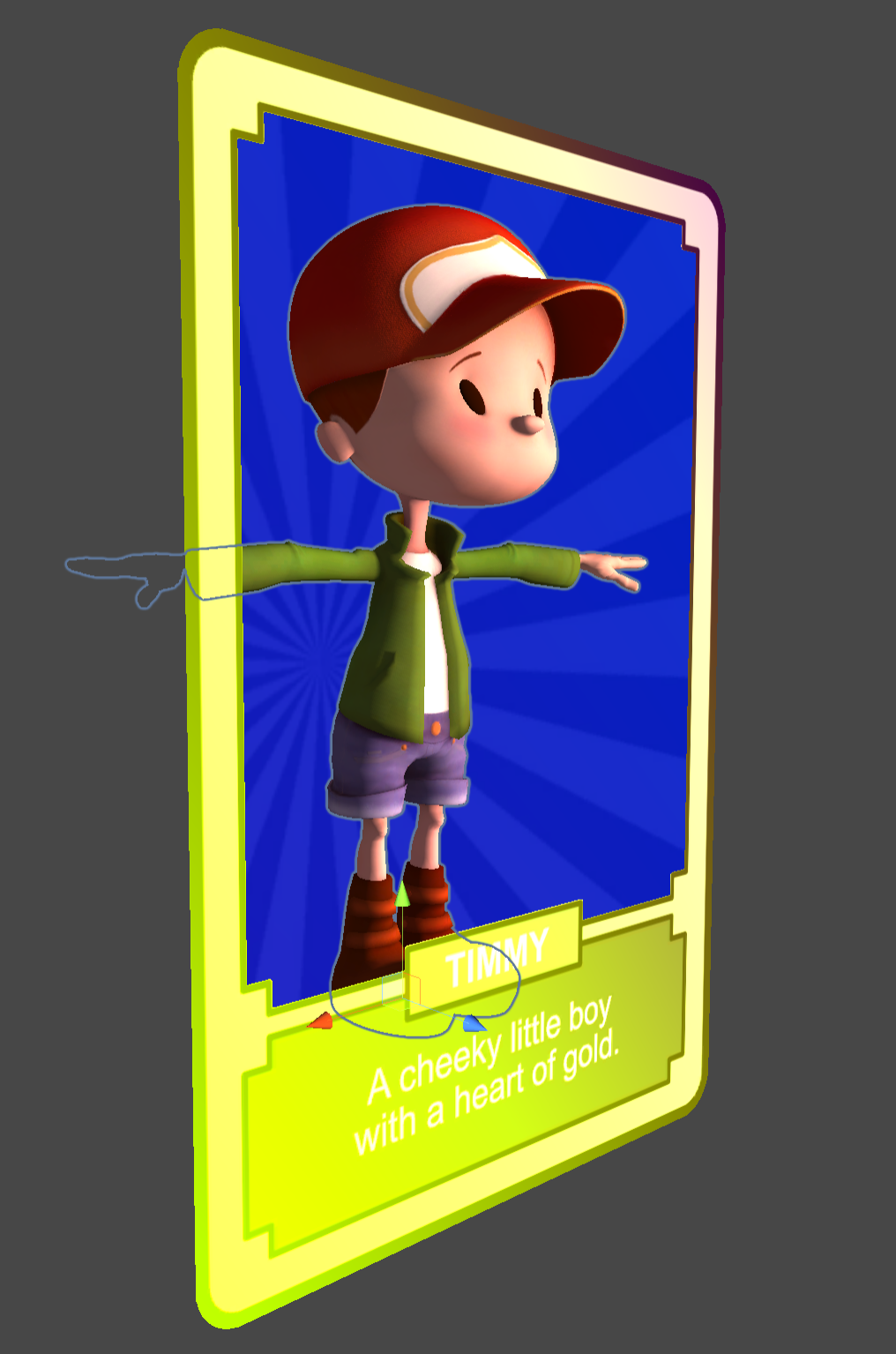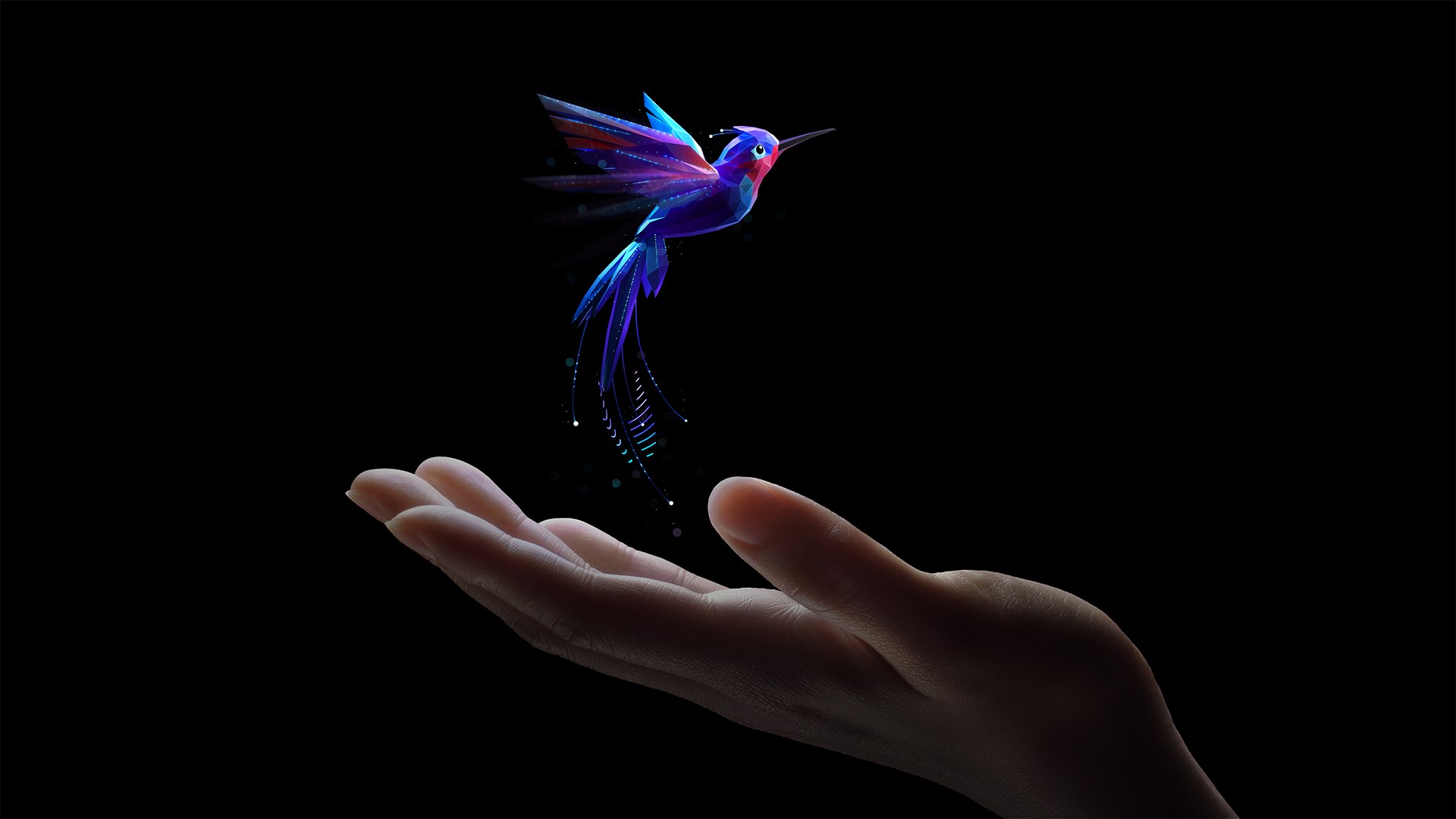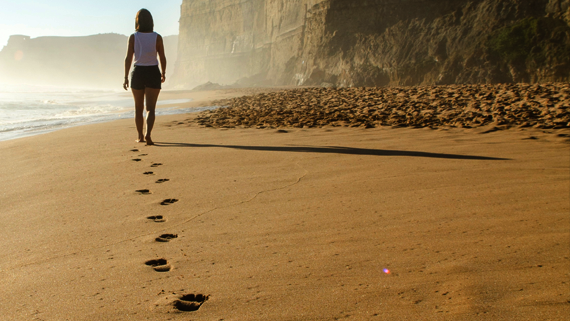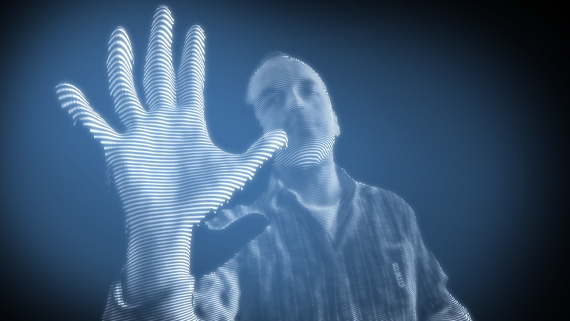Author: Roland
-
Rendering transparency and black on HoloLens
HoloLens is an additive display. It can only add light to the real world and not block light to make the world look darker. This means that if you show an image with a black and white gradient the black part will be transparent and the white part will be opaque. Alpha (transparency) does not…
-

Building a holographic card with the MRTK Standard Shader
How to use the Mixed Reality Toolkit (MRTK) Standard Shader to create a holographic card with a stencil portal and iridescence.
-
Blowing bubbles with Shader Graph
I ran into a two weekly Techart challenge by Harry Alisavakis with the theme Watercolors. I decided to participate and use Shader Graph in Unity for doing some soap bubble rendering. Reflections & Iridescence The most visible features of a soap bubble are its reflections and its rainbow like colours. You can see reflections from…
-

Augmented Reality avatar on a web page
Augmented reality on the web is happening and it’s becoming easier to create! Below you will find a small test of an avatar model I created online and included in this post. The avatar can be viewed in your environment on ARCore and ARKit enabled devices. ReadyPlayer.me avatar I used ReadyPlayer.me to create a 3D…
-

Demos to install on your HoloLens 2
So you finally laid hands on a brand new HoloLens 2, but you discovered that there are only a few apps preinstalled on the device. Most of them are holographic versions of common Windows apps like Mail, Calender, Photos or Microsoft Edge and do not justice to the capabilities of the device. You run into…
-
ARCore supported devices; a detailed list of phones & tablets
When you want to use an Augmented Reality app that depends on Google’s ARCore (AKA “Google Play Services for AR”) you will need to know which devices support it. There’s the official list of ARCore supported devices, but that only shows brief names of the supported devices. If you need more details you will have…
-
Softening the HoloLens FOV border
To hide the limited Field of View of a Mixed Reality headset like the HoloLens or the Magic Leap you can fade out the holograms at the border of the view. I will discuss three possible techniques with different advantages and disadvantages. Note that all techniques have the same visual result in the HoloLens. However…
-

HoloLens scanning effect in Unity
In a previous blog post I talked about my attempt to rebuild the HoloLens scanning effect as shown in this video. After following the HoloLens Academy tutorials I decided to see how easy my existing shader could be integrated in Unity. It turned out that only a minimal amount of plumbing was needed. I took the project files from the HoloLens…
-

Interactive Luminous Carpets with Kinect
The boundaries between the digital and physical world around us are fading. Traditionally passive objects like mirrors, windows, coffee tables, clothes and even plants are now becoming interactive. One of the innovations in this area is Luminous Carpets. It is a carpet with embedded LED lights. The product is a collaboration between Philips and Dutch carpet maker Desso. Making it interactive…
-

Build your own holographic studio with RoomAlive Toolkit
With the current wave of new Augmented Reality devices like Microsoft HoloLens and Meta Glasses the demand for holographic content is rising. Capturing a holographic scene can be done with 3D depth cameras like Microsoft Kinect or the Intel RealSense. When combining multiple 3D cameras a subject can be captured from different sides. One challenge for achieving this…